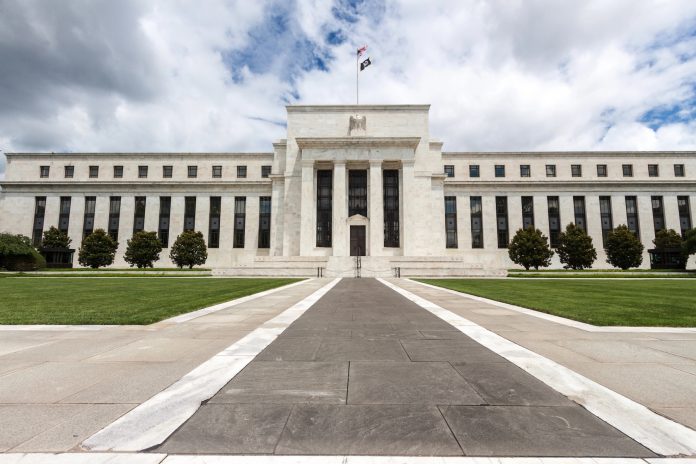- Nearly 6 million borrowers are past due or in default, according to the Federal Reserve Bank of New York.
- Delinquency rates are especially high in the South, with seven states seeing rates over 30 percent.
- Borrowers with mid-to-high credit scores are facing sharp declines, limiting access to future credit.
Federal student loan delinquencies have returned to pre-pandemic levels, according to new data released by the Federal Reserve Bank of New York. The first quarter of 2025 saw a significant jump in past-due accounts, especially among older borrowers and those in the South. More than 13% of all student loan borrowers are now behind on their paymentsrepresenting about 6 million people.
This spike comes after the end of a 43-month pause on payments and reporting, which had kept delinquency rates below 1% (basically, only private loan delinquencies were being reported).
With that forbearance over, the Department of Education resumed collections and the credit reporting of missed payments in early 2025. The result has been a sharp increase in delinquencies and a steep decline in credit scores for millions.
Almost One-Quarter Of Borrowers Past Due
The Fed’s quarterly report notes that while 13.7% of all borrowers are behind, the situation is more dire for those required to make payments.
When excluding those in deferment, forbearance, or income-driven repayment plans with a $0 monthly payment, nearly 24% of active borrowers are delinquent.
This “conditional borrower delinquency rate” helps distinguish between those actively repaying and those not yet required to pay.
It’s important to remember that nearly 8 million borrowers (or roughly 26%) are in the SAVE forbearance due to the pending litigation. This means that these borrowers are not required to make payments on their loans currently.

Related: Student Loan Debt Statistics
Delinquency Rates Hit The South Hardest
Seven states (Mississippi, Alabama, West Virginia, Kentucky, Oklahoma, Arkansas, and Louisiana) have delinquency rates above 30%. Mississippi leads the list with 44.6% of its student loan borrowers behind on payments. In contrast, five states have rates under 15%, including Illinois, Massachusetts, and Connecticut.
The concentration of past-due borrowers in the South may reflect regional differences in employment and income, as well as easy access to information about affordable repayment plans.

Sources: New York Fed Consumer Credit Panel/Equifax; author’s calculations.
Note: The map shows the share of borrowers within each state that have at least one student loan that is ninety or more days past due or in default as a share of the borrowers in each state with at least one student loan in repayment.
Older Borrowers And Others Also Falling Behind
The delinquency problem is not confined to younger borrowers or those with weak credit.
In fact, borrowers over 40 are now the most likely to be behind. More than a quarter of student loan borrowers in that age group who had a payment due were delinquent in the first quarter of 2025. This shift signals an aging of the student debt problem, with long-term consequences for retirement planning and homeownership.

Perhaps most concerning is that 2.4 million borrowers with credit scores above 620 fell into delinquency during the quarter. For those with scores over 720, the average credit score dropped 177 points.
These borrowers were previously considered creditworthy and are now likely to face higher borrowing costs or outright denials when applying for mortgages, car loans, or new credit cards.
What This Means For Borrowers
The Fed’s report notes the broader credit implications of rising student loan delinquencies. More than 2.2 million borrowers saw their credit scores drop by over 100 points in a single quarter. While subprime borrowers already had limited access to credit, this downturn hits a broader slice of the population.
Bad credit can be more costly that most Americans think. It can increase the cost of nearly every financial transaction, make banking more difficult, make securing an apartment, turning on utilities, or even getting a cell phone more costly.
The Department of Education has also resumed wage garnishments and benefit seizures for borrowers in default. With millions more potentially falling behind in the coming months, the fallout from resumed collections could ripple through the broader economy.
Don’t Miss These Other Stories:
Education Department Faces Shutdown Under Trump
How To Get A Free Credit Score Report
Is It Possible To Settle Student Debt For Less Than You Owe?
Create your very own Auto Publish News/Blog Site and Earn Passive Income in Just 4 Easy Steps







